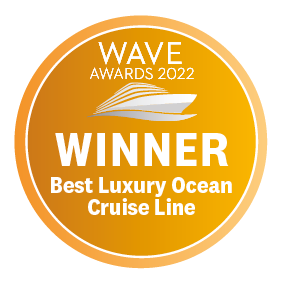North Sea Odyssey

If you wish to sail amidst the stunning glaciers of Alaska in comfort and style, you’ll find your ideal voyage in the summer itineraries of Seven Seas Mariner®. In other seasons, the ship explores the wonders of Asia, Australia, New Zealand and the South Pacific.
Regent is almost in a class of its own, offering luxury on an incredible scale with original Picassos, an acre of marble and 500 chandeliers aboard Seven Seas Explorer, Seven Seas Splendor and Seven Seas Grandeur.
The most opulent suites in all three - at around £8,000 a night - feature grand pianos, private bars and even their own spas. The signature Compass Rose restaurant is an absolute must-see.

If you wish to sail amidst the stunning glaciers of Alaska in comfort and style, you’ll find your ideal voyage in the summer itineraries of Seven Seas Mariner®. In other seasons, the ship explores the wonders of Asia, Australia, New Zealand and the South Pacific.
